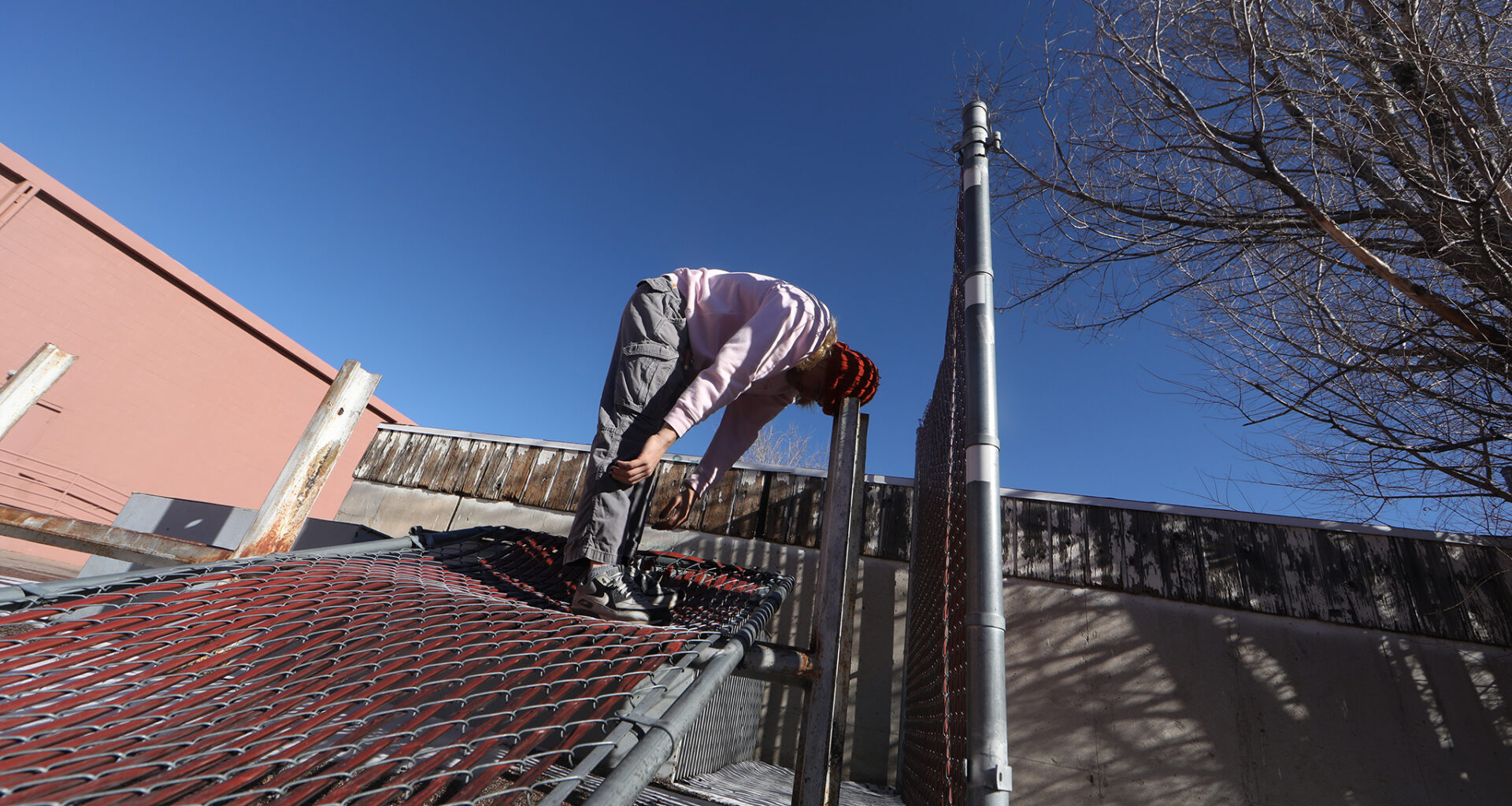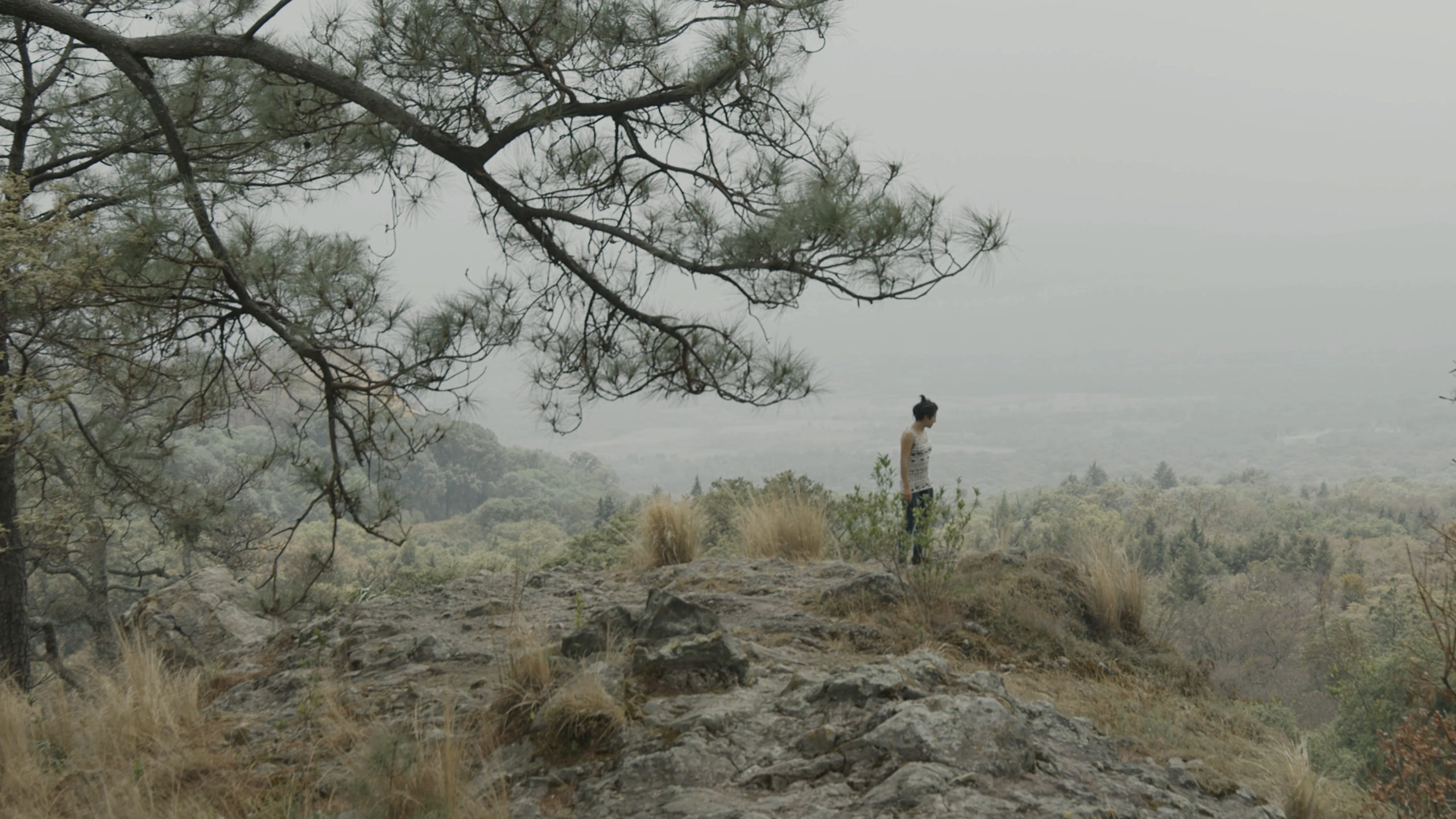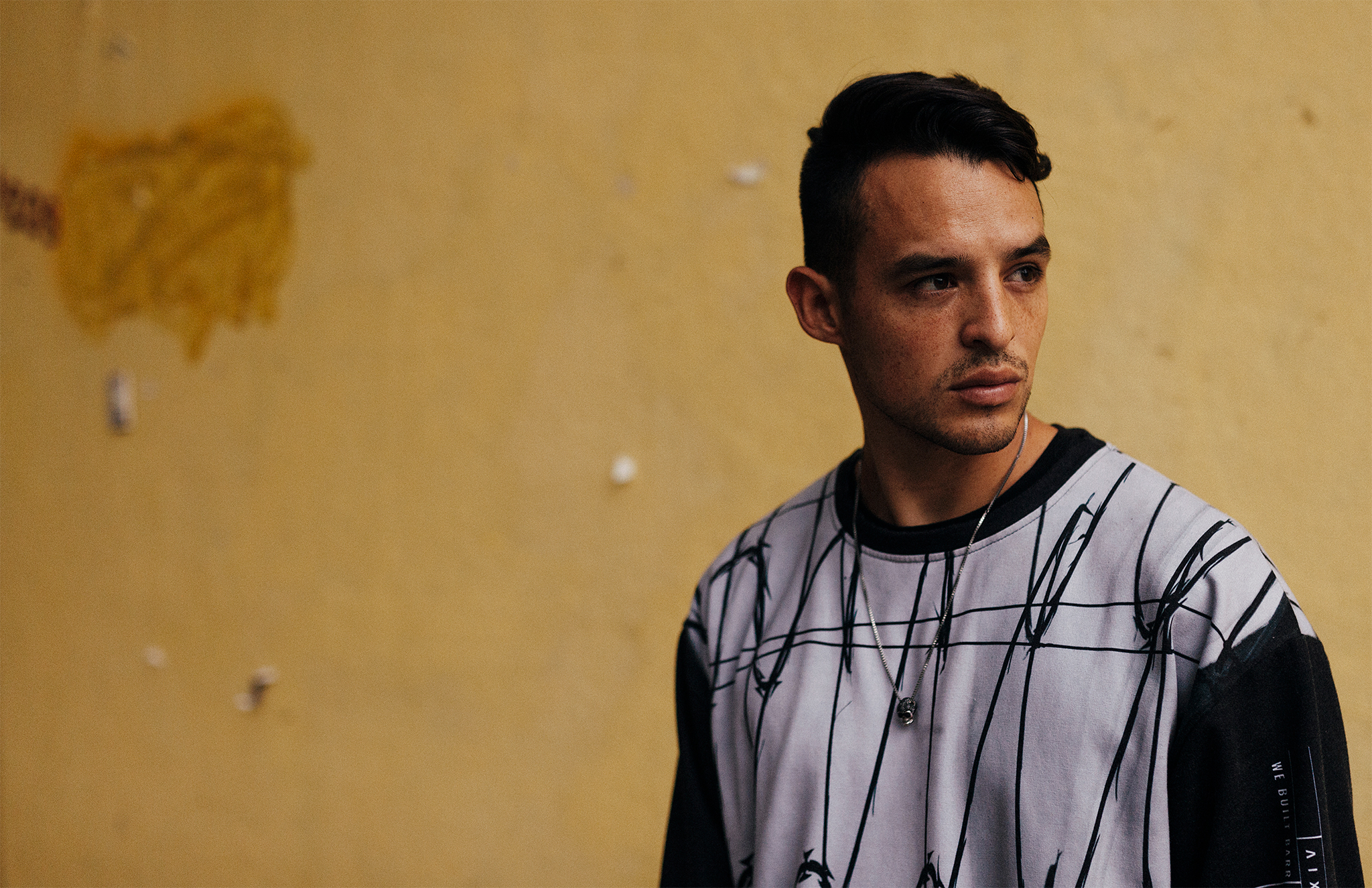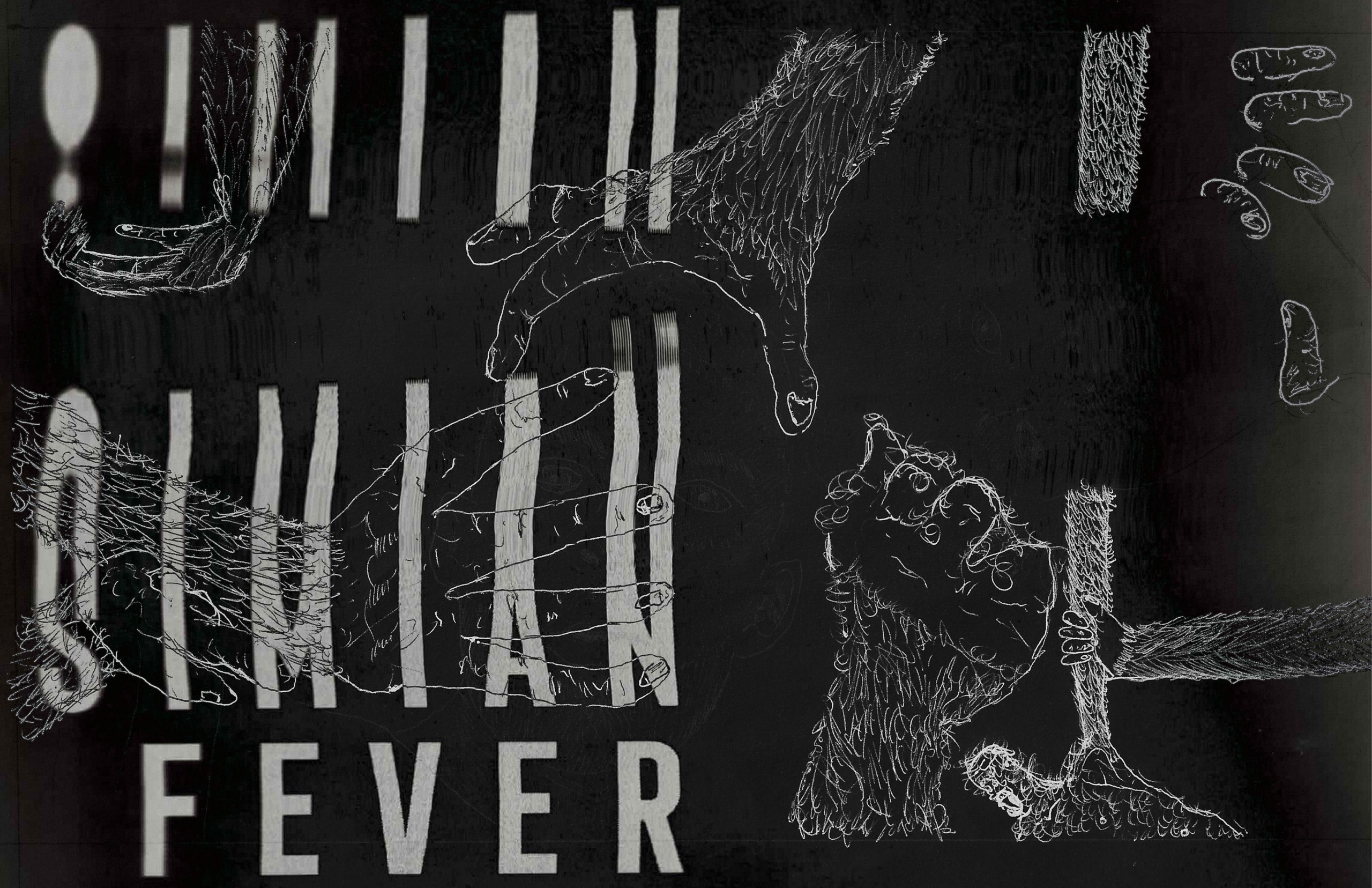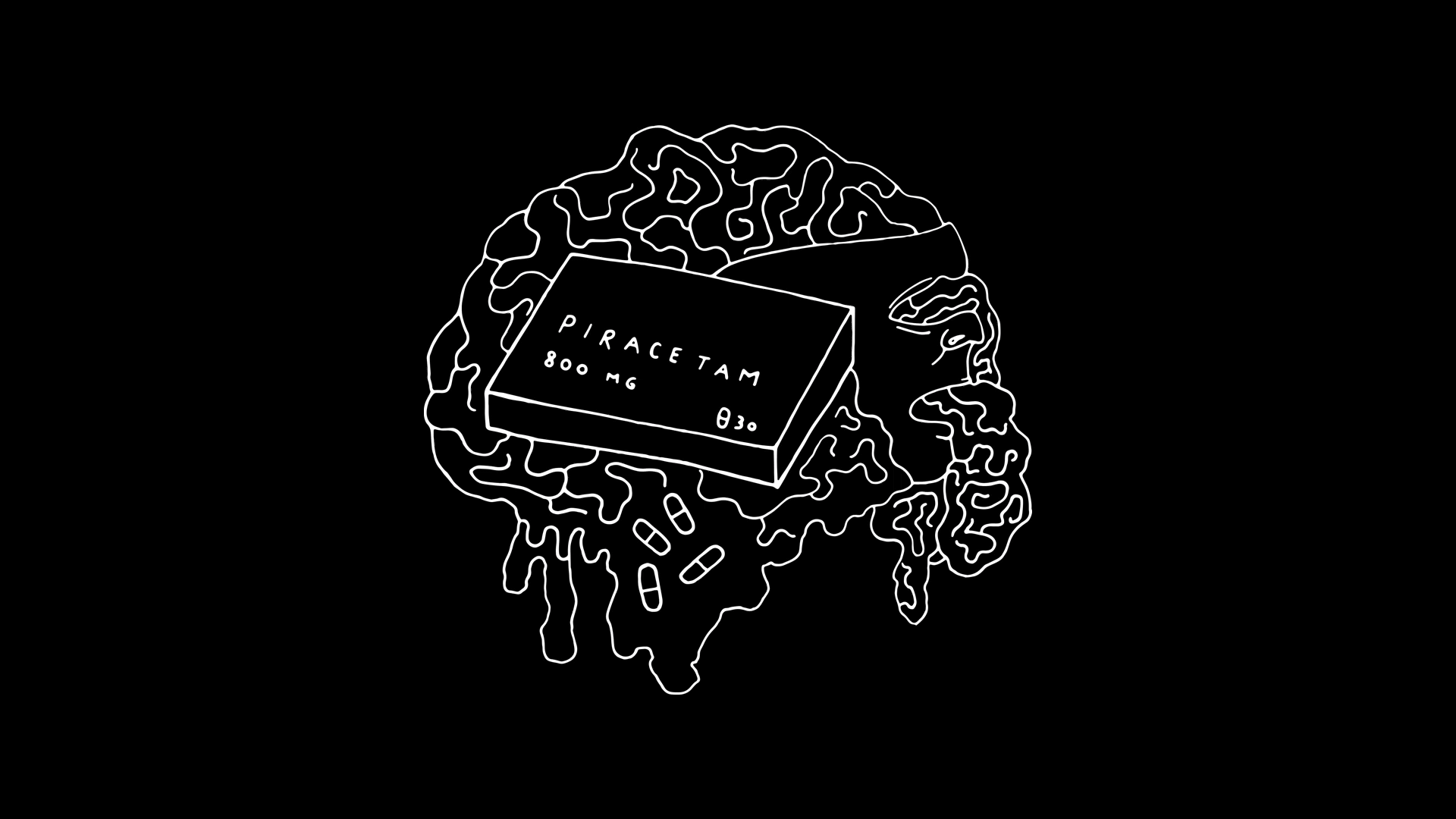The power of iterative play compels you.
For my first article in this series on trick theories and philosophies, I want to discuss one of my favorite tools for movement exploration:
iterative play. To explain what I mean by this, I’d like to first break it down into its two sub components; iteration and play.
In the context of my movement, iteration is the process of repeating a
movement over and over again, with the goal of altering and morphing
the idea between attempts. There is a big difference between spamming a move with a goal of consistency versus a goal of variation. Iterating a movement is about stretching your imagination to lead your mind and body in as many directions as possible. Often this can lead to a movement changing so drastically that it becomes a different trick entirely. This idea of iteration can also be applied with the space as the subject rather than the movement. A great example of this would be approaching an obstacle from all angles or entrance points. Often I
focus on variating both the movements and the aspects of the space or
obstacle I’m engaging with.
Play is a concept familiar to many of us, but I think it is still important to get specific about what it looks like in a parkour context. For me play is all about moving with zero value judgments. I find it common for movement artists to be primarily focused on physical progression, which often manifests in an internalized value system to describe our movements in simplistic evaluative terms such as good and bad. To move in a playful manner is to allow yourself the freedom to be silly. No idea is off limit.
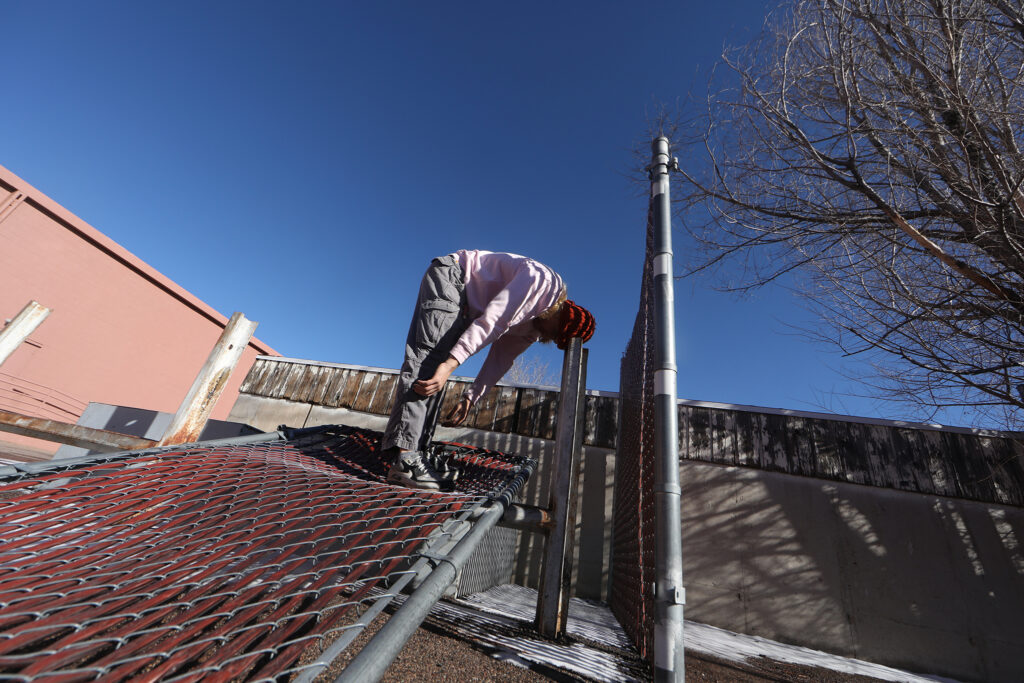
Joining these concepts together we arrive at this concept of iterative play. For me this process almost takes the form of a call and response. Out of that playful headspace, I start by performing a motion. I then pause, analyze the movement, and repeat it with a component altered or shifted. This simple exercise is then repeated over and over until I feel that I have fully exhausted my subconscious well of knowledge. I will often then pick a new starting point and start it all over again.
This might be a little hard to picture when described in an abstract, so here are some starting prompts that I have found helpful:
- What are different positions you can arrange yourself in the space?
- What different body parts can make contact with different parts of the space?
- What movements you already know can be adapted or altered by its
position with in or on the space? - What happens if you try the movement mirrored or moving the
opposite direction? - What does it feel like to do a movement slower or faster?
- What emotions can we express through altering how we carry
ourselves through a movement? - What happens if we execute a movement in a different area of the
space? - How can you trace or amplify the architecture of a space with your
body?
Beyond all of these starting points for the actual movement, another incredibly helpful tool is picking a good space or obstacle to explore
within. I have personally found that simple spaces are the best at
opening up my imagination. Try starting with just one wall or object, not a complex environment. The lack of structure in the space forces your hand into looking within for inspiration.
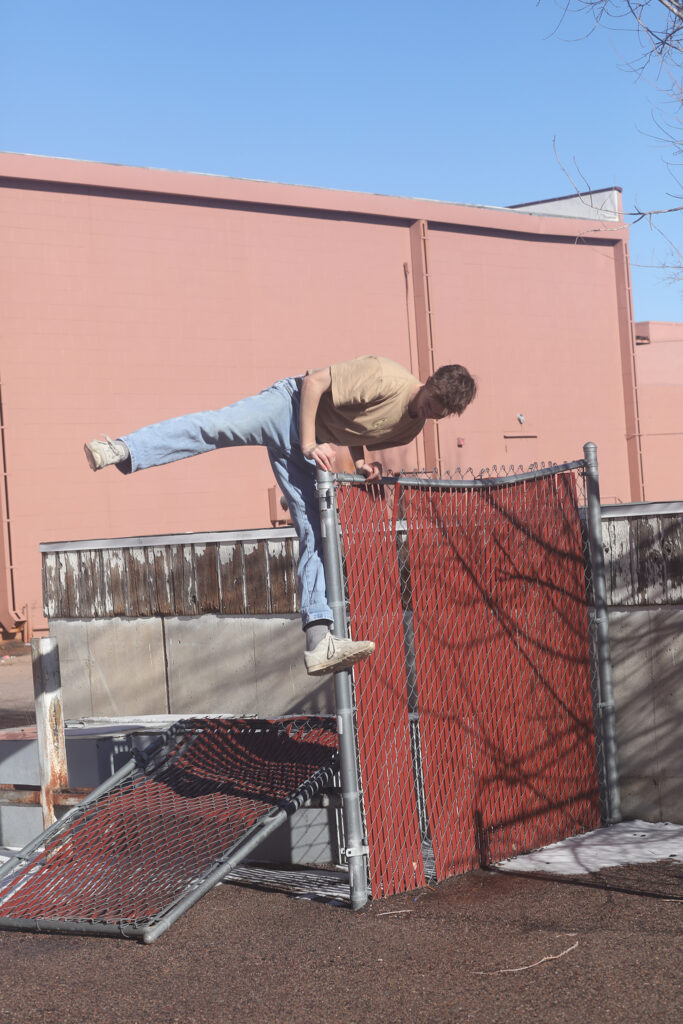
This tool of iterative play can yield a bounty of exploratory moves and
concepts to be further applied in your training. Often this exercise will result in an idea that I will come back to in another session to be further iterative in different environments.
I often talk to people who struggle to feel like they know how to be creative in their parkour. In my mind the biggest roadblock a lot of
these people face is an over emphasis on a well articulated end
product, and a fear of failure or feeling silly. I think through focusing our attention on expansive iterative play we can temporarily abandon all that we consider parkour to be and to look like, and gleefully dance our way through space and self.
Feel free to reach out to me on Instagram @klickstein within any comments or questions.
Happy exploring!


